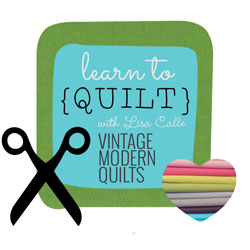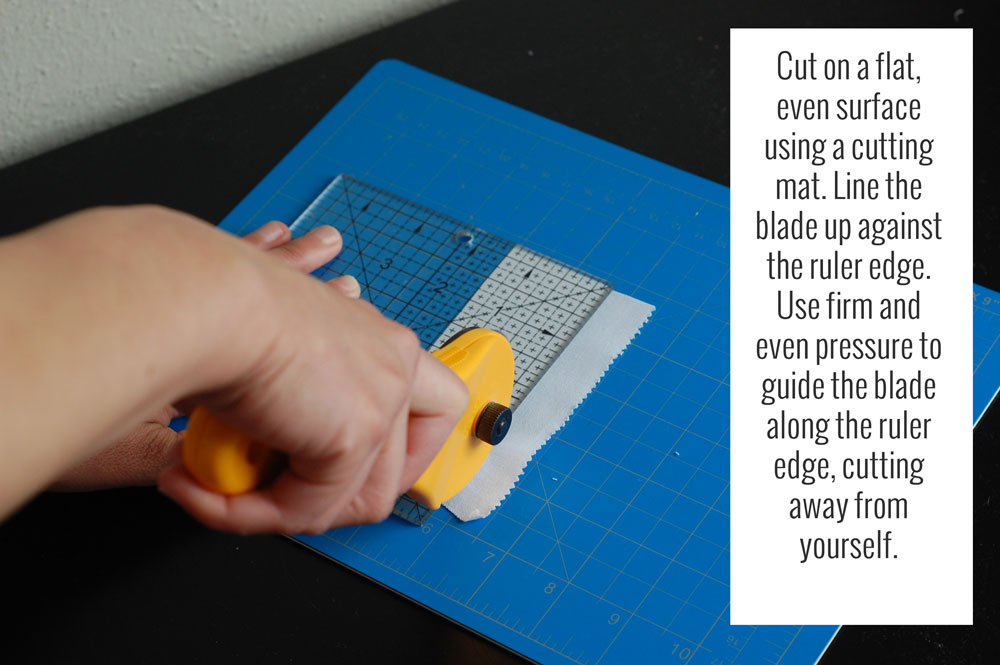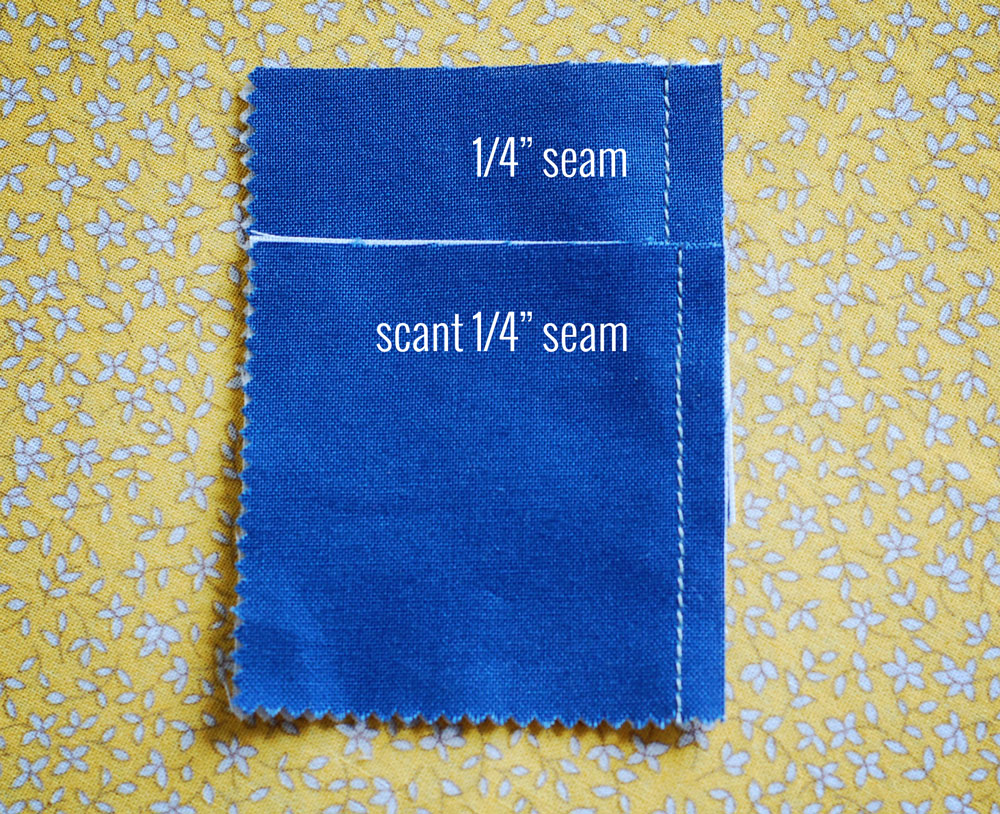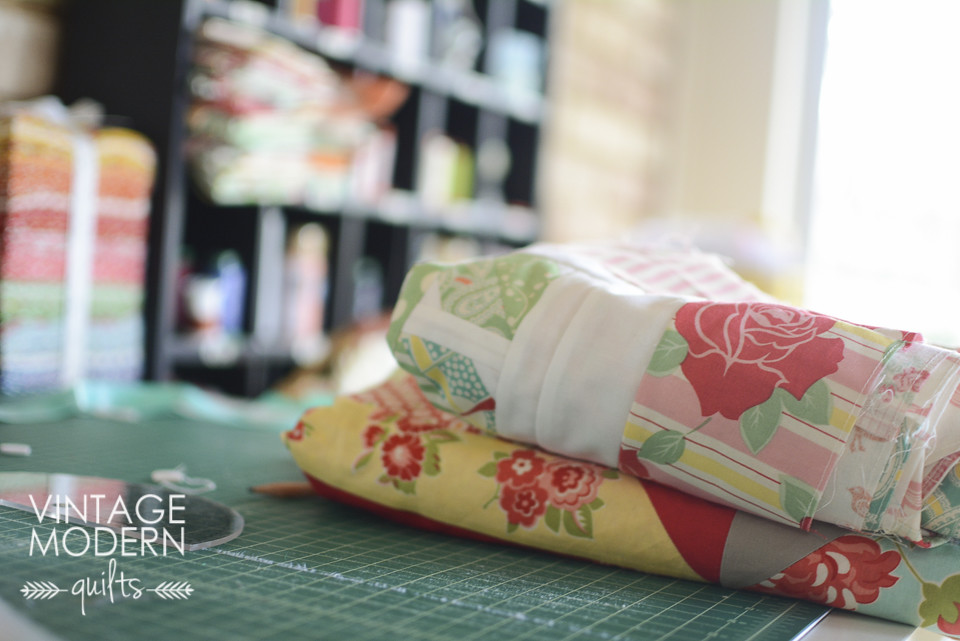Learn to Quilt: Basic Skills
This post is part of my Learn to Quilt series. You can find all related posts {here}.
Welcome to Lesson 1 of learning to quilt! We already covered the reasons why you should start quilting. Let me tell you how. Baby steps! At this point, we are just talking about this stuff, In later lessons, I will show you step by step how put this information into action and actually make a quilt.
To become a quilter, you will need to know a few basic skills:
1. Basic sewing machine operation | Threading the needle, winding a bobbin, changing feet, cleaning out the lint. You can probably learn all of those things from your machine manual, YouTube, or at a basic sewing class in your town. (in Dallas, I recommend Urban Spools). These steps vary by machine but I’ll show you the one that I didn’t learn until I got my second sewing machine. No lie…How to Thread the Needle (with an auto threader). I always thought my first machine didn’t have a needle threader but when I went to test new machines, the sales lady demonstrated the needle threader and I realized…”duh. That’s what that thing is.”
2. Sewing a straight line | At it’s most basic, quilting is easier than any other type of sewing. It’s is all straight lines (except when it’s curved lines, but we will get to that much later). Seriously. There is only one trick to sewing straight lines…use your presser foot as a guide.
3. Using a rotary cutter | Sharp and dangerous, rotary cutters are the James Bond of the craft world. I used to work in a corporate environment where every meeting started with a safety minute. Think that way when working with the rotary cutter. They are sharp and they will slice your fingertip off like nobody’s business. And then you’ll bleed all over your pretty fabric and that will be a tragedy. Olfa has a section on their website dedicated to safety and I recommend you read it. My personal rules of rotary cutting are:
- Always cover the blade with the built-in cover when I’m not cutting. Even if I just set it down for a second, it is second nature to me to cover the blade. This is a MUST when you have little ones at home. Imagine this scenario – you are cutting fabric and get distracted by {fill in the blank}. Your cutting surface is covered with fabrics hanging over the edge where little hands can reach them. Little one pulls the fabric and the open rotary blade on himself. Don’t let this happen at your house.
- Never cut towards yourself. Always cut away from your body. This may seem awkward at first, but it’s important. A woman my sister worked with was cutting design board stuff with an x-acto blade and stabbed herself in the stomach with it. Embarrassing, yes, but more importantly, painful and pretty bad for your health (She was fine, FYI.)
- Replace your blade when it stops cutting well. Rotary blades are expensive but working with damaged ones causes you to cut in an unsafe manner. You’ll find yourself using excess pressure to cut through your fabric and that’s a recipe for disaster.
4. Maintaining an accurate scant 1/4″ seam (that sounds intimidating with scant and a fraction thrown in there, but it’s not difficult.) | All patchwork is pieced (sewn together) with a 1/4″ seam, but you will sometimes read patterns that specify a scant 1/4″ and that is what you should strive for. in all of your piecing. So what’s the difference? All modern sewing machines have markings on them indicating various seams allowances (5/8″, 1/2″ etc). The photo below shows two pieces of patchwork I pieced on my machine:
For the top set, I used my regular foot and lined the edges up with the 1/4″ mark on my machine, For the bottom set, I used my 1/4″ foot and lined the edges up with the edge of the foot. That slight difference you see between the two seams is what will make a world of difference when piecing an entire quilt top. That fraction of a difference will add up with each seam you piece in your quilt. If you don’t’ start with scant 1/4″ seams, you will have a tough time getting your points to match and your quilt blocks will always be undersized. So my first piece of advice to a potential quilter is this: buy a 1/4″ foot for your machine.
5. Pressing Seams | This is not the same as forcing wrinkles out of khaki pants. Crank your iron up to the highest setting and press from the top of the seam, not the back. Use starch if desired (I do desire and use lots of starch). Press the light fabrics towards the darker fabrics. That’s the general rule of quilting + pressing. Sometimes you will probably have to break this rule but make it your habit to press light to dark.
6. Squaring Up | Squaring up means you take your pieced block and use a rotary cutter and a ruler to trim it down to the correct size. This can be a tedious step, but don’t skip it because you will see a huge difference in your finished project if you don’t square up.
Questions? Fire away in the comments.
See you Thursday for Lesson 2 | Learn to Quilt: Quilting Definitions & Resources




